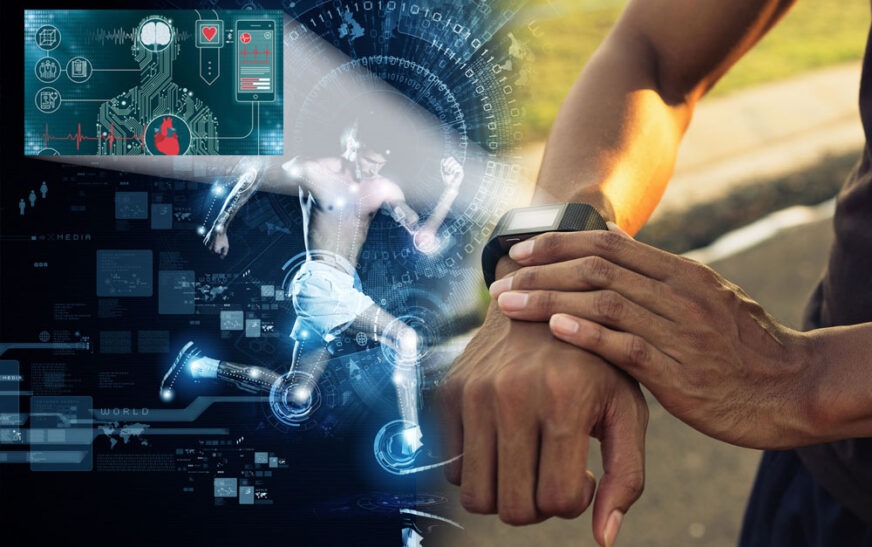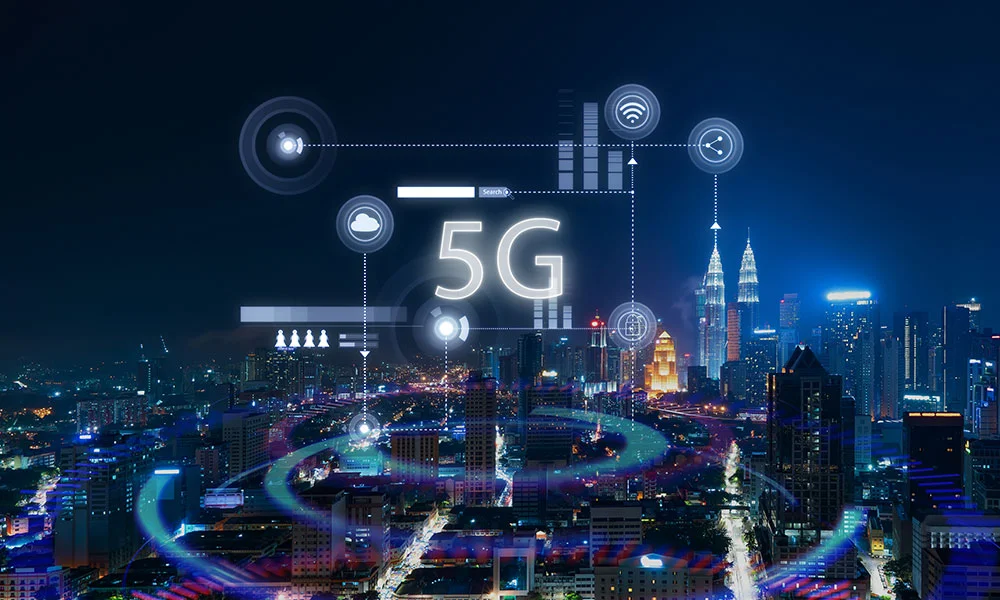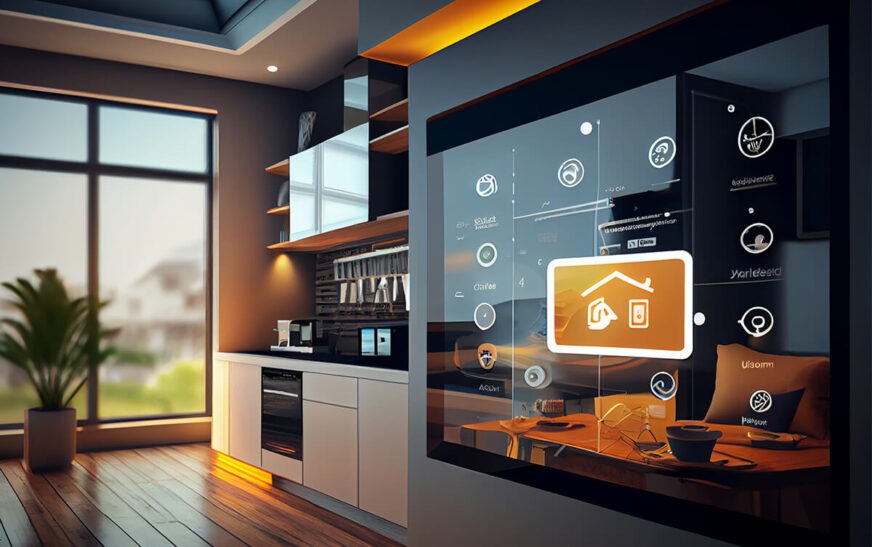Introduction to Wearable Technology
Imagine a world where your health and fitness journey is monitored right from your wrist, providing real-time insights that help you make better choices. This isn’t science fiction—it’s the reality of wearable technology. From smartwatches to fitness trackers, these devices have transformed how we approach our well-being. They empower us with data at our fingertips, making it easier than ever to track progress and stay motivated.
As more people embrace this innovative trend, the question arises: How will wearable technology shape the future of health and fitness monitoring? Let’s dive into this exciting topic and uncover the profound impact wearables are having on our lives.

How Wearables are Changing the Health and Fitness Industry
Wearable technology is transforming how we approach health and fitness. Devices like smartwatches and fitness trackers provide real-time data, making it easier to monitor vital signs and activity levels.
People are becoming more proactive about their health. These wearables encourage users to set goals, track progress, and stay motivated through reminders and challenges.
The integration of social features allows individuals to connect with friends for added support. Sharing achievements fosters a sense of community that traditional methods lack.
Healthcare providers also benefit from this shift. Continuous monitoring enables early detection of potential issues, leading to timely interventions. This can reduce healthcare costs in the long run.
As wearables evolve, they incorporate advanced technologies like artificial intelligence. This enhances personalization, adapting recommendations based on individual habits and preferences for even better outcomes.
Types of Wearable Devices and their Functions
Wearable devices come in various forms, each designed to enhance health and fitness monitoring.
Smartwatches are among the most popular. They track heart rates, steps, and even sleep patterns. With notifications at your wrist, they keep you connected while promoting an active lifestyle.
Fitness trackers offer a more streamlined approach. These gadgets focus on specific metrics like calories burned and distance traveled. Their lightweight design makes them perfect for everyday wear during workouts or casual outings.
Smart clothing is paving the way for innovation as well. Embedded sensors in shirts or leggings can monitor muscle activity and body temperature, providing real-time feedback on performance.
Specialized devices such as smart glasses provide unique insights into physical activities by capturing data through augmented reality features that enhance training sessions.
Each of these wearables plays a crucial role in personalizing the health journey for users everywhere.
Benefits of Using Wearable Technology for Health and Fitness Monitoring
Wearable technology offers a wealth of advantages for health and fitness monitoring. One major benefit is real-time data tracking. Users can instantly see their heart rate, calories burned, or steps taken throughout the day.
This immediate feedback helps maintain motivation. Tracking daily activity encourages individuals to stay active and reach personal goals more effectively.
Another key aspect is personalized insights. Many devices analyze your patterns and provide tailored recommendations. This way, users can optimize their workouts based on what works best for them.
Additionally, wearable tech fosters accountability. Sharing progress with friends or joining challenges creates a supportive community that drives commitment to fitness journeys.
These devices often integrate seamlessly with other health apps, allowing for comprehensive monitoring of overall well-being—from sleep quality to hydration levels—leading to better informed lifestyle choices.

Challenges and Drawbacks of Wearable Technology
While wearable technology offers exciting advancements, it also comes with its share of challenges. Privacy concerns loom large as these devices collect sensitive health data. Users often wonder who has access to their information and how it’s being used.
Another drawback is the issue of accuracy. Not all wearables provide reliable readings, which can lead to confusion or misinterpretation of one’s health status. This raises questions about trust in these technologies.
Battery life presents another hurdle; frequent charging can be inconvenient for users eager to track their metrics continuously.
Additionally, there’s a steep learning curve involved in adapting to new technologies. Some individuals may find it overwhelming or frustrating when trying to integrate wearables into their daily routines.
The cost factor cannot be ignored—top-tier devices often come with hefty price tags that might deter some potential users from investing in this innovative approach to monitoring fitness and health.
Future Predictions for Wearable Technology in the Health and Fitness World
The future of wearable technology in health and fitness is brimming with possibilities. Imagine smart clothing that can monitor your vital signs while you exercise, providing real-time feedback to optimize performance.
We might see advancements in biometric sensors that offer deeper insights into our bodies. These devices could predict potential health issues before they arise, making preventative care more accessible than ever.
Integration with AI could personalize workout plans based on individual progress and goals. Wearables may not just track metrics but also provide actionable advice tailored to each user’s needs.
As technology evolves, we might witness a shift towards augmented reality interfaces. Visual overlays during workouts can enhance motivation and engagement by gamifying the experience.
With the rise of 5G connectivity, data sharing between devices will become seamless. This interconnectedness will empower users to take control of their health like never before.
Conclusion: Embracing the Future of Health and Fitness with Wearable Technology
Wearable technology is swiftly transforming the health and fitness landscape. As we incorporate these innovative devices into our daily routines, they empower us to take charge of our well-being like never before. From tracking physical activity to monitoring vital signs, wearables provide valuable insights that can guide healthier choices.
The advancements in wearable technology promise an exciting future for personal health management. With ongoing developments in artificial intelligence and data analytics, the potential for more personalized experiences is immense. Imagine a world where your device not only tracks your steps but also offers tailored workout plans and nutrition advice based on real-time data.
As we move forward, embracing this technology will be crucial. It encourages a proactive approach to health and fitness that benefits everyone—athletes seeking peak performance or individuals aiming for better lifestyle habits. The fusion of convenience with actionable insights creates an opportunity for lasting change.
Adopting wearable technology isn’t just about following trends; it’s about enhancing quality of life through informed decisions. This integration leads us into a new era of wellness where awareness fosters empowerment in achieving our fitness goals and maintaining overall health. By welcoming this evolution, we step closer to realizing our full potential as individuals committed to living healthier lives.
![]()





